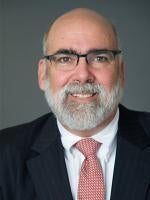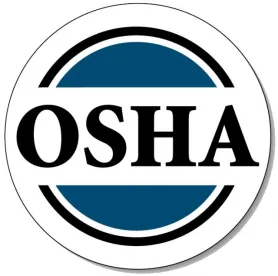On April 25, 2017, Dorothy Dougherty, Deputy Assistant Secretary of the Occupational Safety and Health Administration (“OSHA”) and Thomas Galassi, Director of OSHA’s Directorate of Enforcement Programs, issued a Memorandum to the agency’s Regional Administrators notifying them of the withdrawal of its previous guidance, commonly referred to as the Fairfax Memorandum, permitting “workers at a worksite without a collective bargaining agreement” to designate “a person affiliated with a union or community organization to act on their behalf as a walkaround representative” during an OSHA workplace investigation.
The Lawsuit Challenging the Participation of Union Representatives in OSHA Inspections
Two days later, on April 27, 2017, the National Federation of Independent Business filed a with the United States District Court for the Northern District of Texas, effectively declaring victory in their lawsuit challenging the issuance of the Fairfax Memorandum as being inconsistent with and unsupported by the Occupational Safety and Health Act, and the regulations issued under it allowing for the limited participation of third party experts during OSHA conducted workplace safety inspections.
For readers who have been following this issue and the litigation, the withdrawal of the Fairfax Memorandum and the plaintiff’s decision to discontinue their law suit should come as no surprise. This past February, the court denied OSHA’s motion to dismiss the lawsuit challenging the Fairfax Memorandum and OSHA’s decision to allow the participation of union representatives in non-union workplaces, finding that the plaintiff had “stated a claim upon which relief can be granted,” and that “the [Fairfax Memorandum] flatly contradicts a prior legislative rule as to whether the employee representative” in such a walk-around inspection “must himself be an employee.”
OSHA and the DOL’s Decision to Withdraw the Fairfax Memorandum
Less than a week later, OSHA filed an Unopposed Motion For Extension of time to answer the complaint in the Federation’s lawsuit, explaining to the Court that “the extension of the deadline for defendants to answer is necessary to allow incoming leadership personnel at the United States Department of Labor adequate time to consider the issues.”
The Memorandum withdrawing the Fairfax Memorandum reiterates the requirements of 29 CFR 1903.8 (c) that an employee representative who accompanies an OSHA representative during a walkaround workplace inspection “shall be an employee of the employer,” and that the only exceptions in which a non-employee may participate is “where good cause is shown” and the participation of a non-employee, such as an industrial hygienist or a safety engineer” is “reasonably necessary to the conduct of an effective and thorough inspection of the workplace” in the judgment of the OSHA Compliance and Safety Health Officer conducting the examination. Notably, however, rather than actually stating that the Fairfax Memorandum was inconsistent with the provisions of the statute or the OSHA regulations, the April 25th memorandum simply refers to it as “unnecessary.”
What this Means for Employers
First and foremost, OSHA’s issuance of the April 25th memorandum makes clear that union representatives who are not the certified or recognized bargaining representative of the employees at a facility to be inspected by OSHA have no legal right to participate in such inspections. Accordingly, it is equally clear that an employer faced with such an inspection at a facility that a union is seeking to organize should understand that the union’s representatives have no right to participate.
An important effect of the withdrawal of the Fairfax Memorandum will be to deny unions a potentially potent tool for organizing. As Judge Fitzwater described in his Memorandum and Order denying OSHA’s motion to dismiss the Federation’s lawsuit in February, unions such as the UAW in its ongoing organizing campaign at Nissan in Tennessee have come to rely upon participation in OSHA inspections as a valuable tool.
No doubt with the confirmation of Secretary Acosta, leadership of the Department of Labor will continue to review and reassess positions and actions taken during the past eight years.




 />i
/>i

